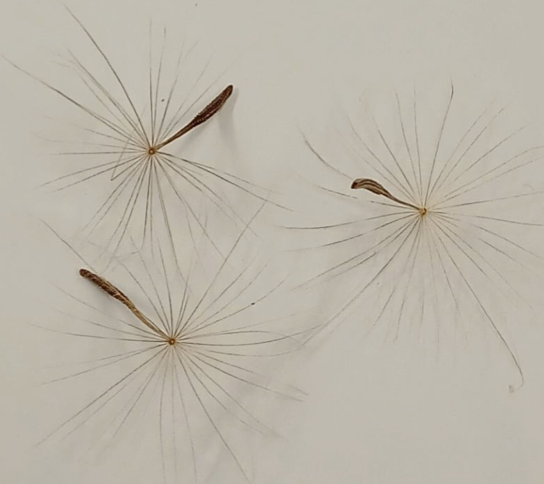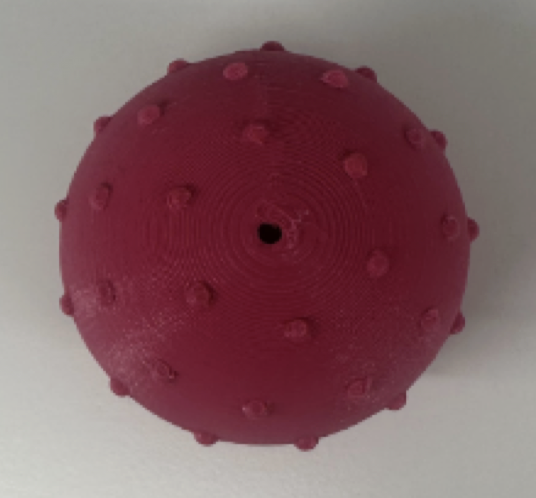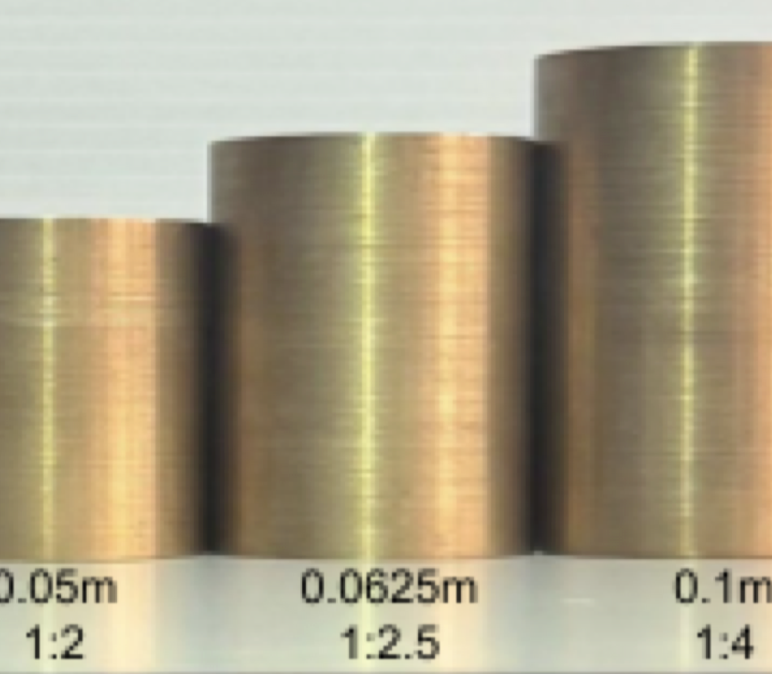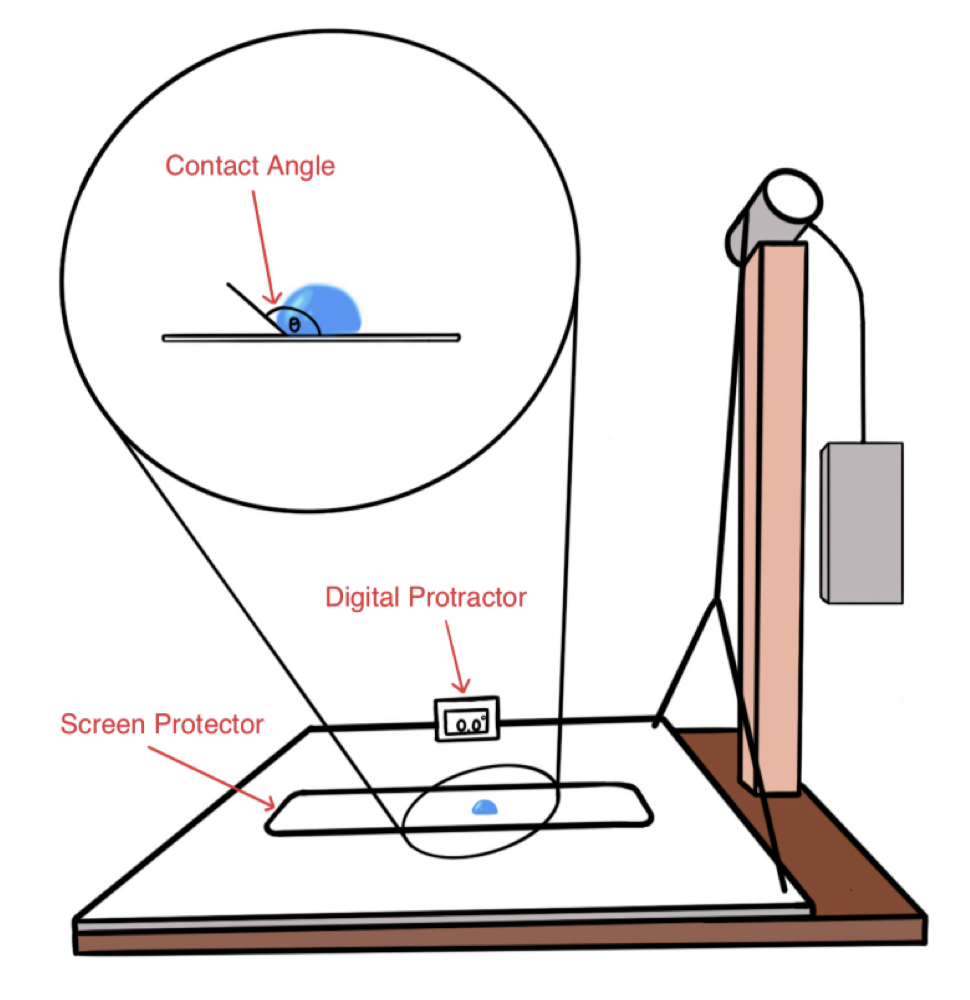Volume 19
January - December, 2025

Article 1
Mass and Terminal Velocity of a falling Crepis vesicaria L. Seed
by Win Pa Pa Aung

Article 1
Mass and Terminal Velocity of a falling Crepis vesicaria L. Seed
by Win Pa Pa Aung
The seed of the Crepis vesicaria L. plant has evolved a fuzzy disc at one end to aid in wind dispersal. The mass of a seed was varied and its terminal velocity was determined using video analysis. It was shown that the terminal velocity is proportional to the 0.62 power of the mass of the seed. It was further shown that the behavior of the seed can be effectively modeled as a solid disc experiencing airflow in the transition region between laminar and turbulent flow.

Article 2
Turbulators and Coefficient of Drag
by P. Chantabhakdi, K. Muangsiri, I. Poonvasin, D. Vitayatanagorn

Article 2
Turbulators and Coefficient of Drag
by P. Chantabhakdi, K. Muangsiri, I. Poonvasin, D. Vitayatanagorn
Turbulators have been shown to reduce the drag force on an object moving through a fluid. The relationship between the number of turbulators and the coefficient of drag of a sphere moving through water is investigated here. 3D-printed spheres of radius 25 mm with turbulators ranging in number from 0 to 106 were pulled through water to measure their drag coefficients. The results show a nonlinear relationship between the number of turbulators and the coefficient of drag. The drag decreased with the increase in number of turbulators up to around 70 turbulators, then increased with increasing number of turbulators, showing that there is an optimal range for reducing drag.

Article 3
Spin Rate and Gyration Angle of a Cylinder
by W. Mahaweerakhun, N. Nakphuak, I. Sirimongkolkitti, N. Tangkuptanon

Article 3
Spin Rate and Gyration Angle of a Cylinder
by W. Mahaweerakhun, N. Nakphuak, I. Sirimongkolkitti, N. Tangkuptanon
The relationship between the height of a spinning cylinder and its rotational period and gyration angle was investigated, with the results compared to the predictions of Batista’s theoretical model for thin discs. 1Five 25 mm radius discs with heights ranging from 25 mm to 100 mm were spun on a smooth granite surface and video recorded at 480 frames per second. The Tracker video analysis program was used to determine the period of rotation as a function of the angle of the disc with respect to the surface. It was found that the theoretical model, which assumes negligible disc height, is not applicable when the height exceeds the radius of the discs.

Article 4
A Practical Method for Assessing Hydrophobicity of Smartphone Screen Protectors
by T. Aphichatabut, V. Laohasilpsomjit, P. Pokvanvit, K. Wongvichayaporn

Article 4
A Practical Method for Assessing Hydrophobicity of Smartphone Screen Protectors
by T. Aphichatabut, V. Laohasilpsomjit, P. Pokvanvit, K. Wongvichayaporn
Hydrophobicity is the property of a surface that repels water. In this study, the sliding behavior of water droplets on different smartphone screen protectors was analyzed as a model for static hydrophobicity. The critical tilt angle at which droplets began to slide was measured for various screen protectors. Contact angles were also recorded and used as the primary measure of surface hydrophobicity. A lower tilt angle was associated with greater hydrophobicity and vice versa. The relationship between contact angle and sliding angle was found to be well-approximated by a negative linear model within the tested range.
